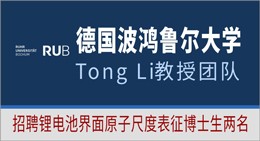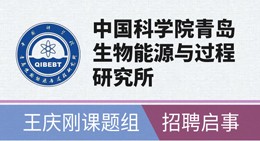Journal of Archaeological Research ( IF 4.2 ) Pub Date : 2021-01-07 , DOI: 10.1007/s10814-020-09152-y
Joshua Wright

|
There has been a great increase in archaeological research in Mongolia since 2000. Increasingly precise chronologies, regional studies, and the growth of development-driven archaeology are transforming our knowledge of this key region of northeastern Asia. This review summarizes recent work and provides a narrative of the prehistoric and medieval cultural sequences as presently understood. I focus on long-standing key topics: early human habitation, the adoption of food-producing economies, Bronze Age social transformations, and the emergence of central places and large polities. I argue that, on the one hand, Mongolia has unique data and new examples to offer the archaeological community and, on the other, that the prehistory of Mongolia and the steppe are not so different from the rest of the world in its history of research and key questions. This review provides general overviews covering the Upper Paleolithic, Epipaleolithic or Neolithic, and Bronze Age to the Xiongnu period; specific data related to each period provide jumping-off points for comparative analysis and further examination.
中文翻译:

21世纪初的史前蒙古考古学:草原及其他地区的发展
自 2000 年以来,蒙古的考古研究大幅增加。日益精确的年代学、区域研究以及发展驱动的考古学的发展正在改变我们对东北亚这一关键地区的认识。这篇评论总结了最近的工作,并提供了目前所理解的史前和中世纪文化序列的叙述。我关注长期存在的关键主题:早期人类居住、粮食生产经济的采用、青铜时代的社会转型以及中心地区和大型政体的出现。我认为,一方面,蒙古拥有独特的数据和新的例子可以为考古界提供,另一方面,蒙古和草原的史前史在研究历史上与世界其他地区并没有太大不同。和关键问题。这篇综述提供了旧石器时代晚期、旧石器时代或新石器时代、青铜时代到匈奴时期的总体概述;每个时期的具体数据为比较分析和进一步检验提供了起点。

































 京公网安备 11010802027423号
京公网安备 11010802027423号